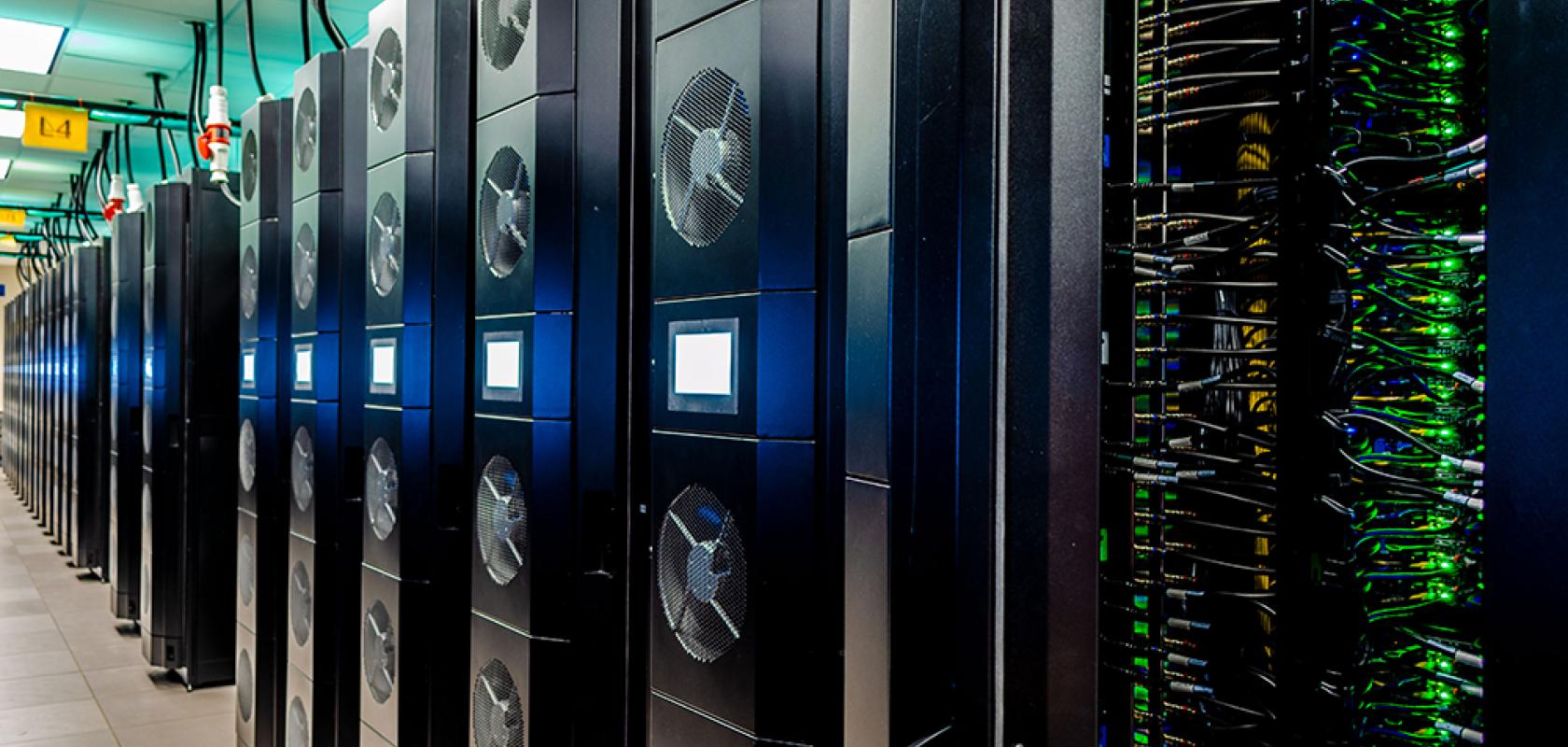The Texas Advanced Computing Center (TACC) at The University of Texas at Austin expands its existing Intel Graphics and Visualization Institute of Xellence (Intel GVI) to an Intel oneAPI Center of Excellence.
The centre operates two of the most powerful university supercomputers in the US — Frontera and Stampede2 — and more than a dozen advanced computing systems in total. Tens of thousands of scientists and students use TACC's supercomputers each year to answer complex questions in every field of science.
As an Intel GVI, TACC collaborated with Kitware and ParaView developers in using the Intel oneAPI Rendering Toolkit to test and power remote analysis capabilities on TACC's largest supercomputing systems. This work delivers global benefits for the HPC community by providing high-fidelity visualisation tools for all scales of computing.
By becoming an Intel oneAPI Center of Excellence, TACC continues to advance its compute and visualisation libraries such as Galaxy, and will use oneAPI single-source programming, Intel-optimised ray tracing libraries, plus Intel CPU and Xe GPU hardware for scientific simulations that employ algorithms and techniques to deliver new science through fast in situ visual analysis.
Flexible, unified programming and optimised performance through Intel oneAPI Toolkits will enable high-fidelity, interactive analysis across TACC computing platforms without having to implement device-specific routines for each system.
'Intel has been a strong partner with TACC and an innovator in visual analysis techniques to unlock the mysteries of science at the largest scales,' said Paul Navrátil, TACC's director of Visualisation and Intel GVI and Intel oneAPI Center of Excellence director. 'We're thrilled to continue working with Intel and the talented teams across the oneAPI ecosystem to advance capabilities to find solutions to today's and tomorrow's problems, and effectively communicate those findings to our stakeholders and communities.'
Kitware's ParaView and Intelligent Light's VisIt are just two examples of TACC supported Intel oneAPI Rendering Toolkit enabled applications. These compute and visualisation capabilities provide users around the world the ability to perform high-fidelity analysis on data generated on TACC systems without having to migrate to a separate machine, and this flexibility empowers TACC system designers to focus on maximising full-system capabilities without incorporating a separate analysis subsystem.
'Paul and the teams at TACC and Kitware are foundational to the Intel Graphics and Visualisation Institutes,' said Jim Jeffers, senior principal engineer and senior director of Intel Advanced Rendering and Visualisation. 'They develop advanced analysis codes like Galaxy, the Visualisation ToolKit, and perform large-scale testing of widely-used visualisation applications such as ParaView and VisIt. Particularly important are the computation resources and support for all Intel GVIs that TACC provides.'
Jeffers continued: 'TACC's expanded role as a oneAPI Center of Excellence will be a cornerstone enabling top scientists globally to tackle climate change, sustainable energy generation, pandemics, and many more pressing challenges.'
oneAPI is an open, unified and cross-architecture programming model for CPUs and accelerator architectures (GPUs, FPGAs, and others). Based on standards, the programming model simplifies software development and delivers uncompromised performance for accelerated compute without proprietary lock-in, while enabling the integration of legacy code. With oneAPI, developers can choose the best architecture for the specific problem they are trying to solve without needing to rewrite software for the next architecture and platform.
The Intel oneAPI Rendering Toolkit is a set of open source libraries that enables creation of high-performance, high-fidelity, extensible, and cost-effective visualization applications and solutions. Its libraries provide rendering kernels and middleware for Intel platforms for maximum flexibility, performance, and technical transparency. The toolkit supports Intel CPUs and future Xe architectures (GPUs). It includes the award-winning Intel Embree, Intel Open, Image Denoise, Intel, Open Volume Kernel Library, Intel OSPRay, Intel OpenSWR, and other components and utilities.


